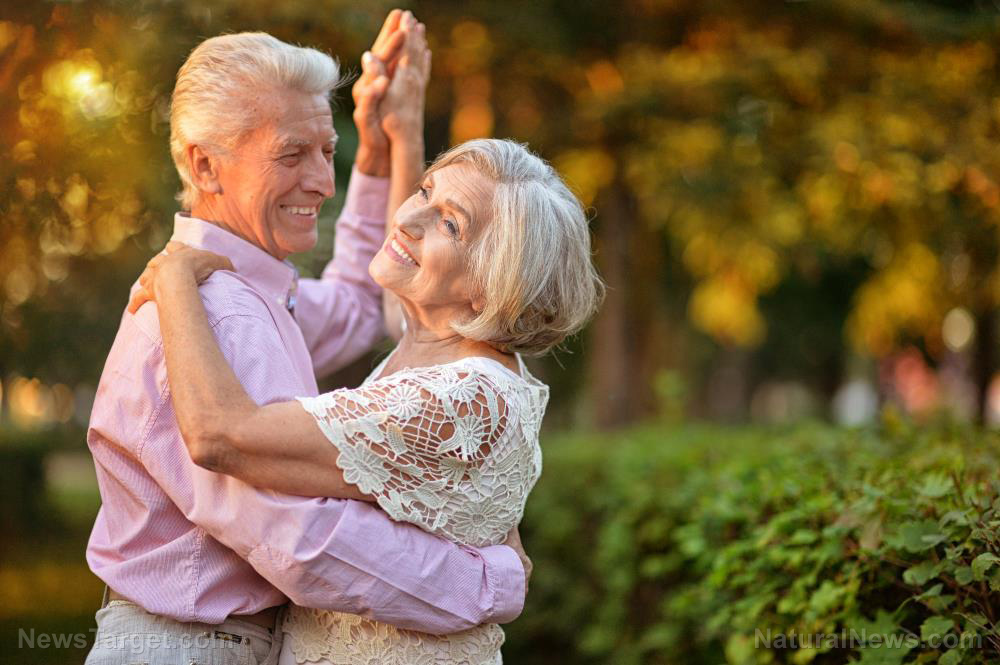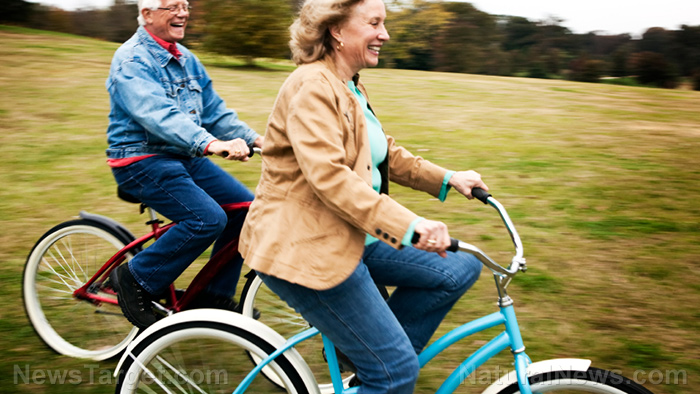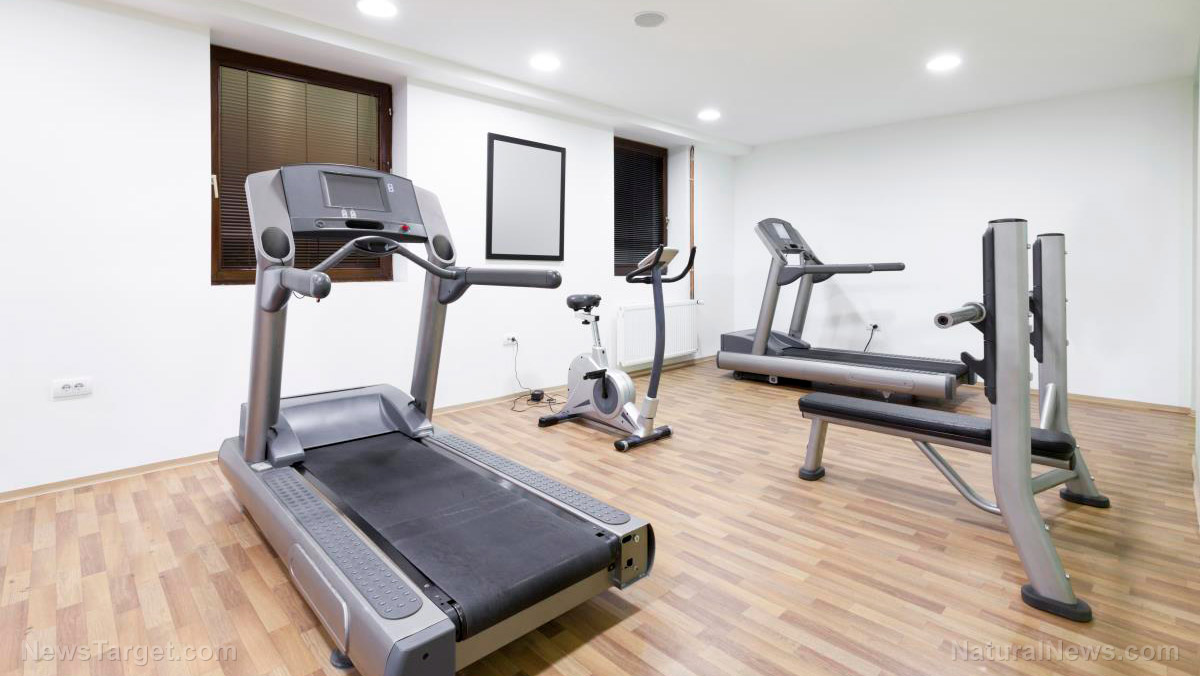Older women encouraged to dance to reduce their risk of disability
03/19/2019 / By Michelle Simmons

No one’s too old to dance. In fact, dancing can be beneficial to seniors, especially older women. Researchers from Japan and Korea report that dancing can greatly reduce the risk of disability for activities of daily living in older women.
Exercise has been known to reduce the risk of disability, but the degree of associations between particular exercise types and such risk remains unknown. Therefore, the study looked at the potential effects of 16 different types of exercise may have in reducing disability for activities of daily living (ADL) in older women.
In conducting the study, the researchers enrolled 1,003 community-dwelling older Japanese women without ADL disability. They defined ADL disability as dependence in at least one everyday task, such as bathing, dressing, eating, toileting, or walking. Before the actual study, all participants underwent a face-to-face interview in which they were asked whether or not they participated in any of 16 exercise types.
The results of the study showed that after eight years of follow-up, 130 participants were reported to have a disability for activities of daily living. Those who participated in dancing were 73 percent less likely to develop disability for activities of daily living. However, the researchers did not find any significant links between other exercise types and activities of daily living disability. The reason behind this remains unknown, but the researchers argue that dancing has various elements that may have contributed to the effect.
“Dancing requires not only balance, strength, and endurance ability, but also cognitive ability: adaptability and concentration to move according to the music and partner, artistry for graceful and fluid motion, and memory for choreography,” said Yosuke Osuka, lead author of the study.
Published in the Scandinavian Journal of Medicine and Science in Sports, the study concluded that dancing may help older women maintain their ability to perform daily tasks. Other studies have shown that dancing offers other physical benefits, such as improving strength and balance, reducing joint pain and stiffness, and supporting the heart health of older adults.
The social, mental, and cognitive benefits of dancing in older people
In addition to physical health, dancing also improves the social and emotional health of older people. In a study, researchers asked 30 women over 60 years old on how their line dancing hobby affected their life and found that the women were enthusiastic about the activity. Most of the participants agreed that dancing helped them become more sociable, be more involved in their communities and participating in charitable and group activities. Dancing also gave them a space for self-expression and personal development.
Even those with poor mental health can benefit from dancing. Research has shown that social dancing promotes positive feelings, behavior, and communication among people with dementia. Other studies have reported that dancing can improve mood and reduce depression, as well as help stave off dementia. (Related: Go dancing! Study shows it prevents age-related decline better than traditional exercise.)
There is also evidence that dancing can improve the cognitive health of seniors. A study has shown that dancing increases brain activity, which helps form new neural connections and improves thinking speed and agility. Another study has revealed that contemporary dance, in particular, may enhance concentration and improve the ability to control shifts in attention. This is because contemporary dance focuses more on improvisation instead of memorizing movements. Some studies have also shown that although dancing may not improve the cognitive ability of people with Parkinson’s disease, especially those in nursing homes or senior living communities, it may improve the quality of their lives.
Visit MindBodyScience.news to read more news stories and studies on how dancing helps older adults.
Sources include:
Submit a correction >>
Tagged Under:
activity, anti-aging, daily task, Dance, dancing, disability, elderly, exercise, fitness, longevity, older adults, older women, physical health, prevention, seniors, women's health
This article may contain statements that reflect the opinion of the author
RECENT NEWS & ARTICLES
AntiAgingScience.News is a fact-based public education website published by Anti Aging Science News Features, LLC.
All content copyright © 2018 by Anti Aging Science News Features, LLC.
Contact Us with Tips or Corrections
All trademarks, registered trademarks and servicemarks mentioned on this site are the property of their respective owners.





















